examples of EQ

But I found that DEQ2496 can taking out a very specific narrow problematic frequency which touching others. So, I like to share how I use it to improve music reproduction in my small home with lots of boomy bass.
my use of deq
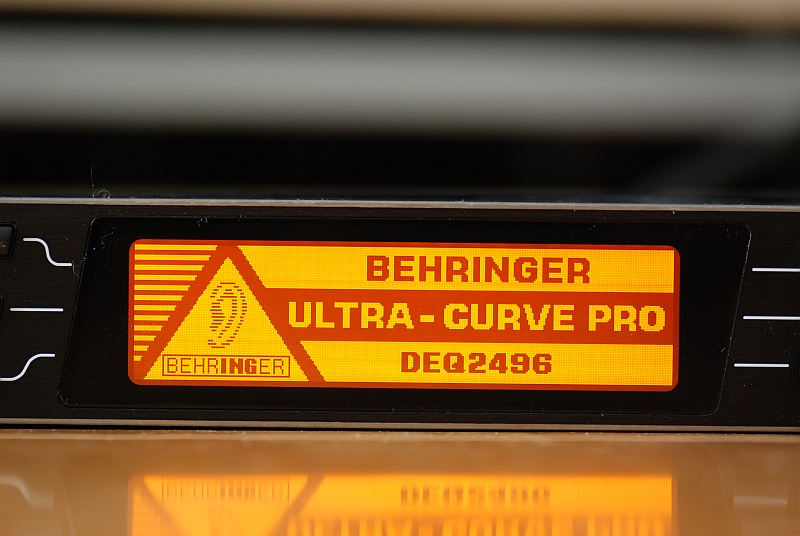
deq2496 can do the adjusting before Digital-Analog conversion from your DAC. Digitals signals from cd transport, going into deq2496, adjusting the apporiate eq, output digital signal into your dac. then dac converts this digital signal into analog going into your preamp.
the digital signal can be decode with your DAC or within DAC of deq2496. Because all the adjusting is in digital domain, signal lost should be to the minimal.
signals of transport to DEQ2496- digital in, digital out
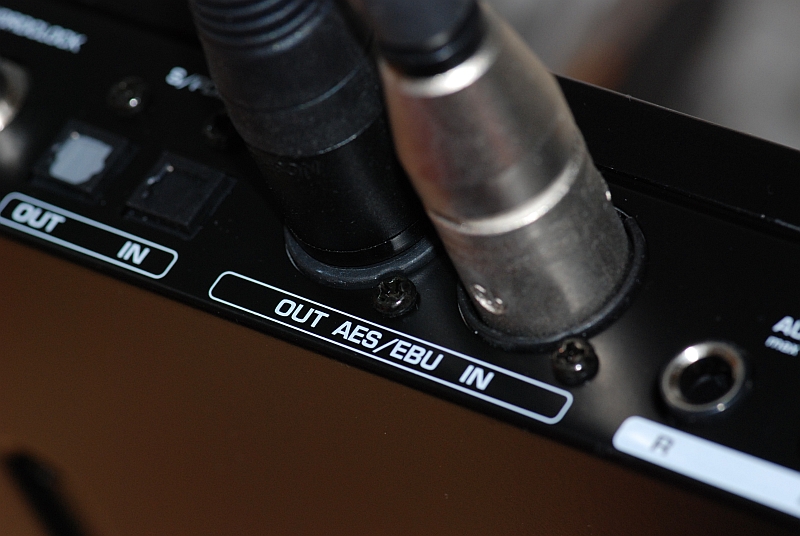
digital cable to DAC
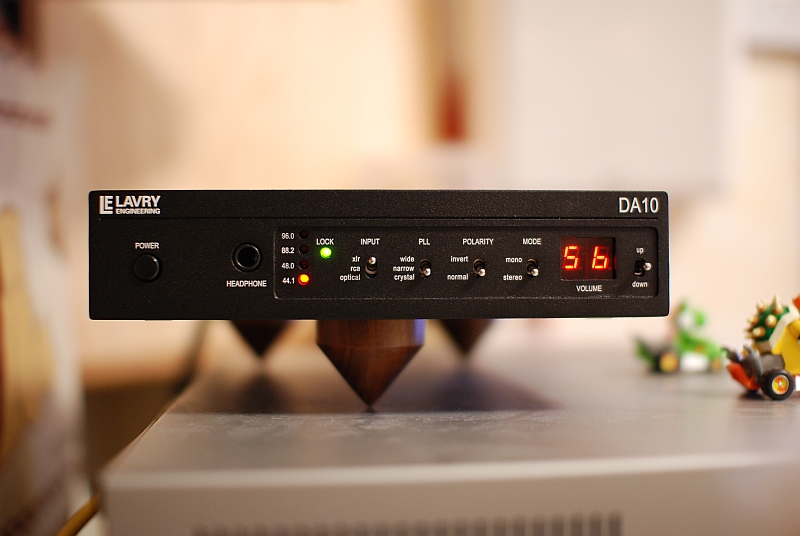
Of course you can argue that there might be increase of jitter, but reducing the bass peaks will let you hear the uncovered details because the boomy bass energy is covering the high notes details. Of course you can have a very big room with good room acoustic with bass traps, then this eq might not be as useful for you. My listening area is only 120ft, with a DIY corner panel bass trap and some acostic panel for first reflections, but you will see that I can benefits a lot from this eq.
What you need for the measurement of room response.
some instrument that you need to measure frequency response. eg. room eq wizard with radioshack spl meter
http://www.av100fun.com/viewtopic.php?p=1167520#1167520
radioshack sound meter has rca output
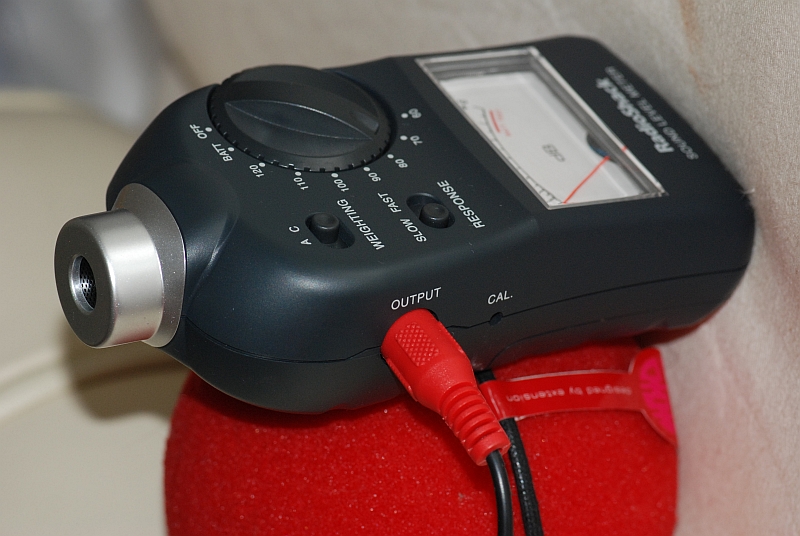
connecting to sound card of computer
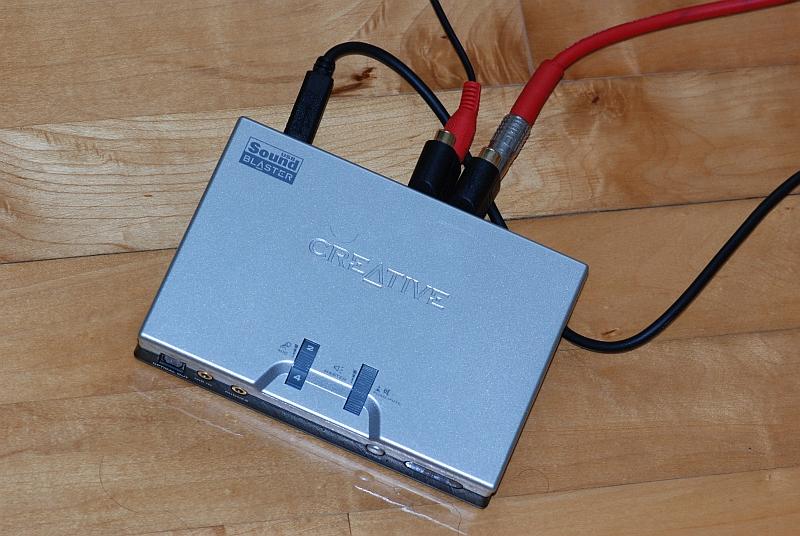
computer output a 75db test tone to your system and measure the output from your speaker and the effect of the room do to your original signal.
analog cable to connec to the main in of deq2496.
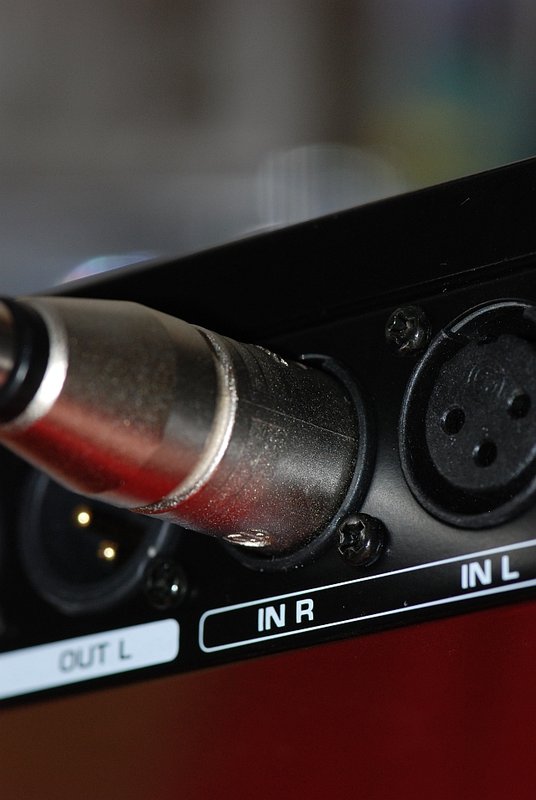
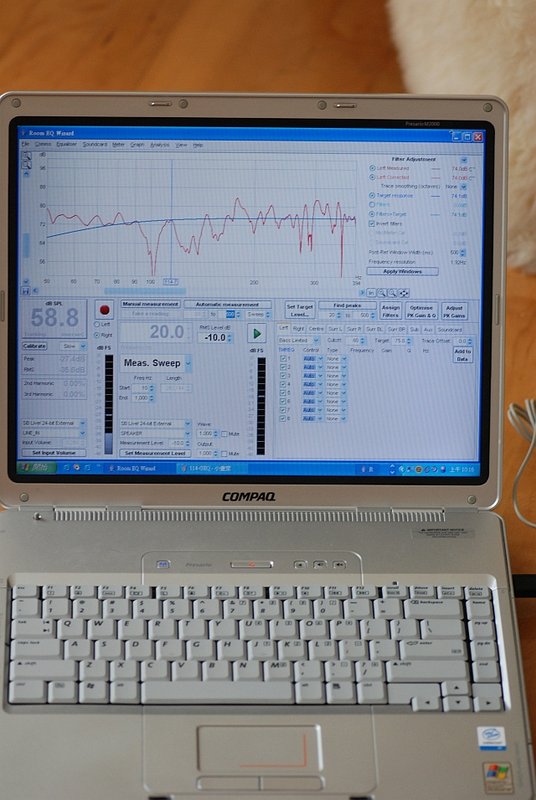
Difference between GEQ and PEQ
for a GEQ, if you want to trim the excess bass, for example a peak at 50hz, you need to adjust the 50hz with the area left and right of 50hz will be affected. Then of course you are hearing less. This is probably why most people don't like to use eq because it will really reduce a lot of unnecessary things and you will hear less. Room mode includes sharp peaks, in my home for example, I get this result if a 75db 20hz-20,000hz sweep is generated:
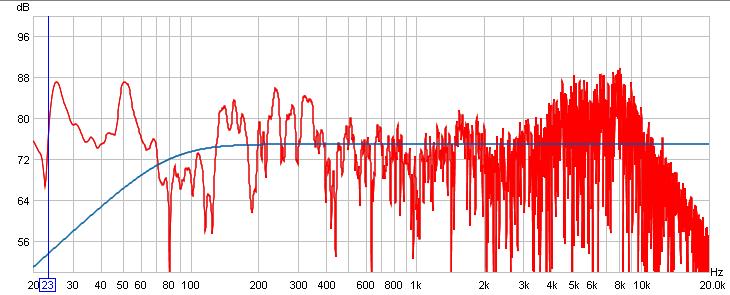
a GEQ will not be useful because you will reduce the whole bass range in order to get rid of this many peaks.
Take a 115hz peak for an example,
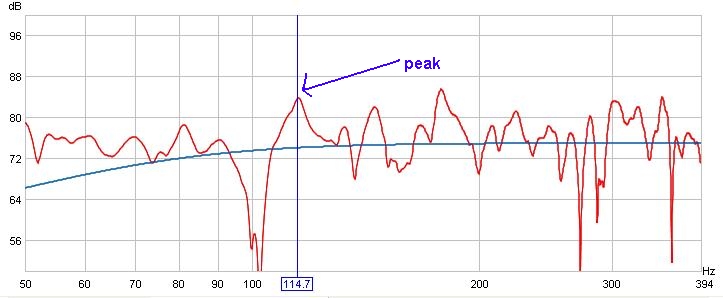
if we want to get rid of this peak using GEQ, we need to find a 125hz filter, and trim down -14db inorder to get rid of this peak
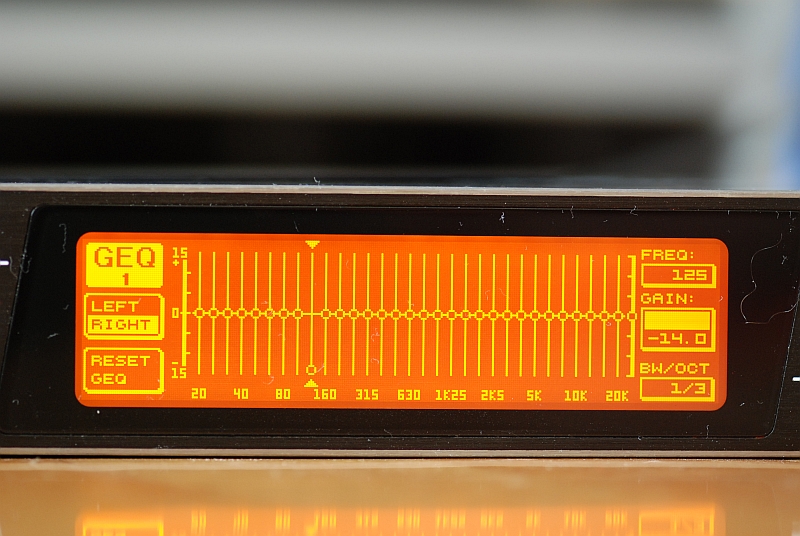
the result will cause the adjacent 'normal' tone to be reduce too
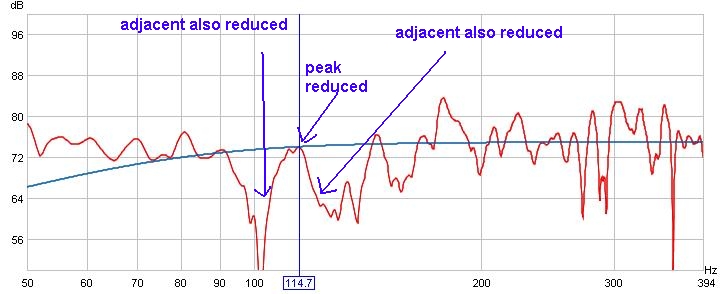
So, for a better solution, the reduce of this 115hz peak should use PEQ function, meaning we can adjust a narrow band width and so the adjacent frequency will not be affected. In this case, we should use a filter set at 115hz, select bandwidth to be 1/10 octave, and use a -10db cut
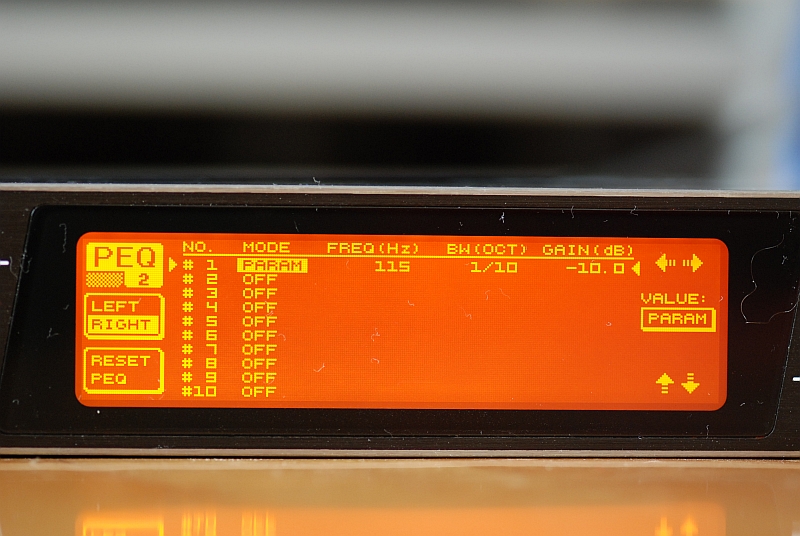
graphical representation of this filter
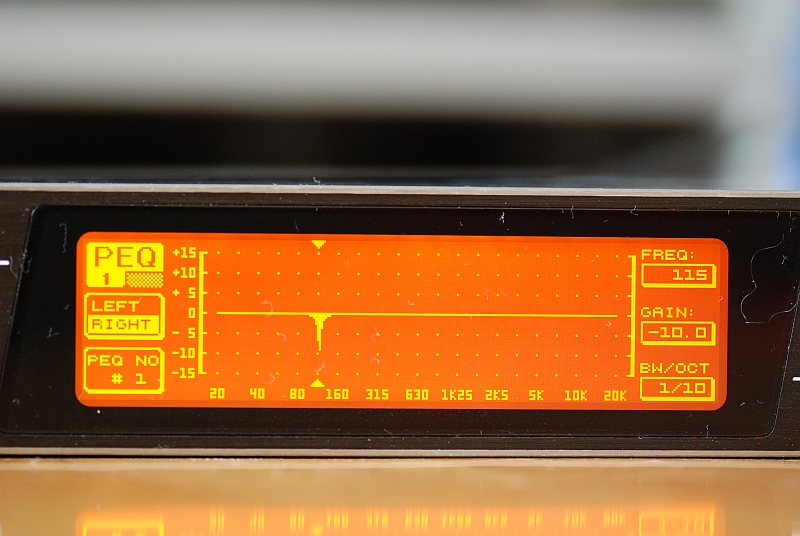
so the result is a flat curve without affecting others
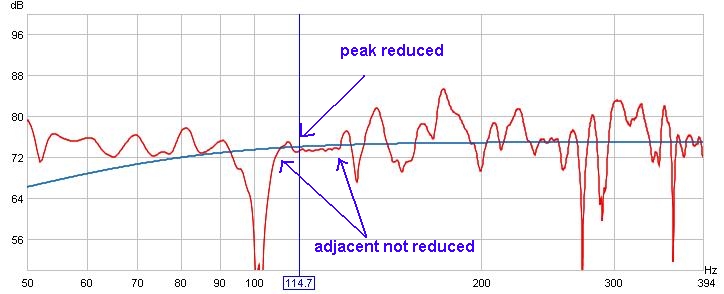
if you repeat the whole process, you will at the end get most of the peaks down as much as possible
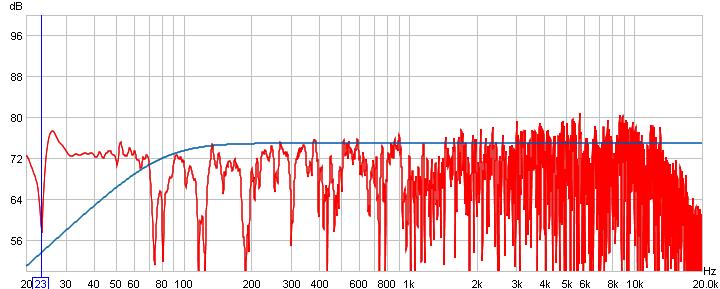
This is how I think eq should be use. You should not apply any boost on any hz, only cutting the peaks. Eq is not a replacement of room acoustics, but I find it very useful for small listening area, like me, which I can't have 4ft of corner bass trap or any other bass treatments. I wish I could move to a bigger apartment, and persuade my wife to allow me to put corner traps and whole acoustic treatment in the future home. Dream on






















